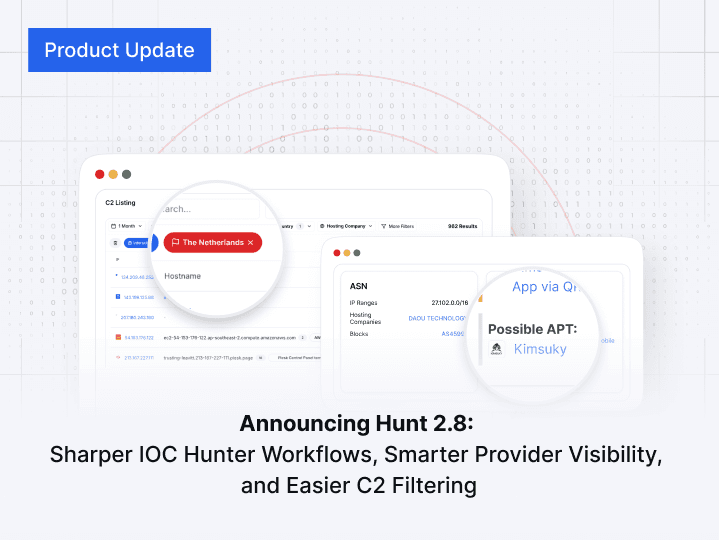
Daam is a dangerous Android malware designed to compromise user privacy. It hides inside legitimate applications and steals sensitive data by spying on the clipboard, logging keystrokes, and even taking control of the device. It’s particularly known for targeting cryptocurrency wallets, manipulating transactions, and collecting personal information. The stealthy nature of Daam makes it a serious threat for Android users.
Daam operates by embedding itself in legitimate Android applications. Once installed, it silently monitors the device, collecting sensitive information like passwords, account details, and cryptocurrency wallet addresses. Using these details, it can carry out malicious activities, including stealing funds from cryptocurrency wallets or accessing personal accounts without the user's consent.
Stealth and Evasion Techniques
One of Daam's most concerning features is its ability to remain undetected. It uses various obfuscation techniques to avoid being flagged by traditional security tools. By exploiting Android's accessibility features, Daam can perform actions like taking screenshots or recording keystrokes, all without the user noticing. This makes it particularly dangerous for those who rely on their Android devices to manage sensitive data.
Distribution and Spread
Daam is typically distributed through third-party app stores or malicious websites. Users may unknowingly download and install apps that are infected with Daam, leading to their devices being compromised. Once inside the system, the malware operates in the background, gathering and transmitting personal information to the attacker, who can then use it for fraud or identity theft.
Avoid downloading apps from untrusted or unofficial sources, always using reputable app stores like Google Play.
Regularly update your device’s operating system and apps to ensure they have the latest security patches.
Use a reputable antivirus and anti-malware application to detect and block malicious software like Daam.
Be cautious of apps requesting unnecessary permissions, particularly those that ask for access to sensitive data or features like the camera or microphone.



